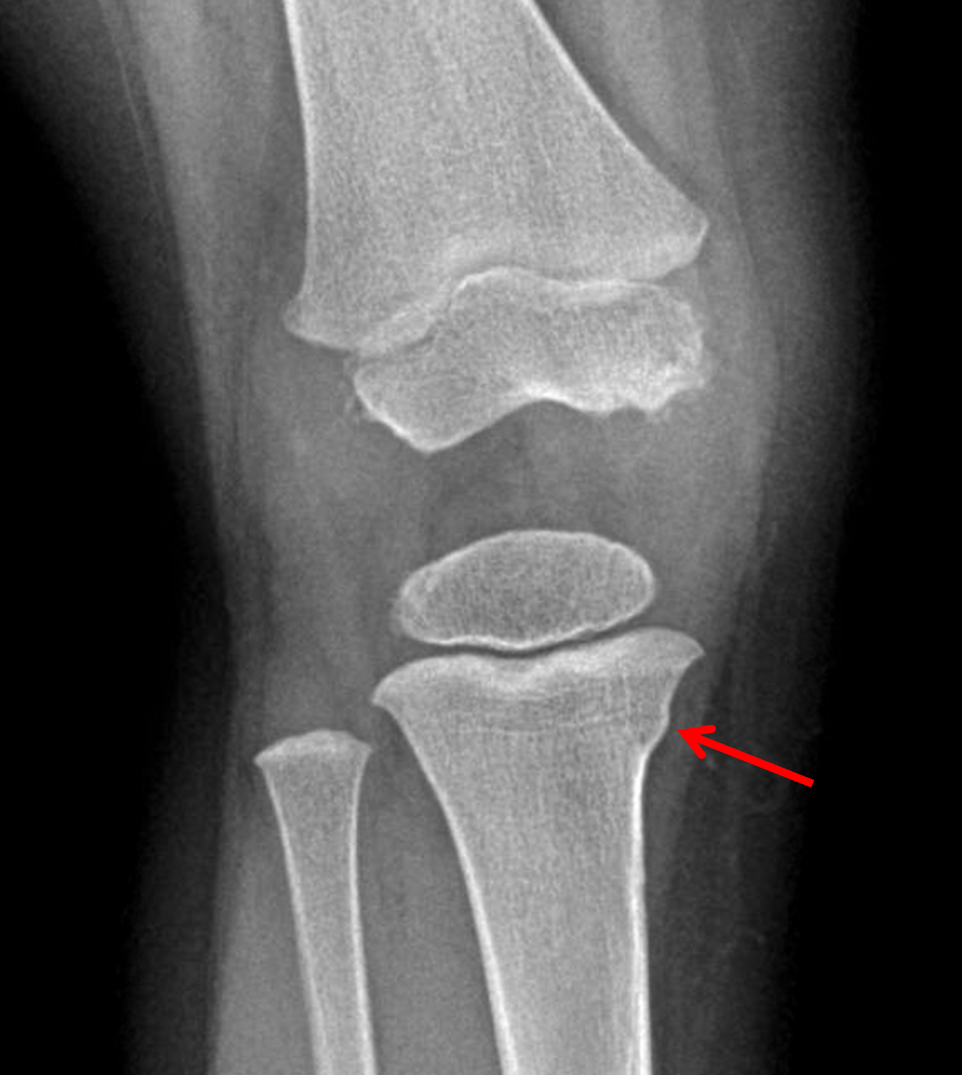

The treatment of buckle fractures is simple, but your doctor must make sure the injury is not more serious. Your doctor will prescribe medicines to provide relief. They have specialized training in the diagnosis and treatment of bone and joint injuries.Įven though the bone is not completely broken, your child has considerable pain and swelling. You should consult a doctor, preferably an orthopedic surgeon. The bone has suffered a significant injury, and you shouldn't neglect it. You can help your child's fracture heal by giving them a healthy diet with plenty of calcium and vitamin D. If they complain of pain at the fracture site after six weeks, or of tingling and abnormal sensations, you should see your doctor. Safe activities like swimming should be started as soon as possible. Your child should avoid rough play and contact sports for six weeks, as there is a risk of re-fracture. It is important to start using the limb normally. If there is soreness, they can wear it for comfort, but only for short periods. Your child shouldn't participate in contact sports for six weeks.Īfter the three weeks are over, your child should not wear the splint. Keeping the limb elevated also helps reduce the swelling. Your doctor will prescribe medicines to reduce swelling and relieve pain. Writing, coloring, and using a knife and fork are activities that help prevent the wrist from becoming stiff. During this time, you should encourage your child to use their hand. Your child will need this splint for two to three weeks.

Your child can remove it during hand washing and bathing, but should otherwise wear it all the time. The usual treatment is a splint to provide support to the fractured limb.

Buckle Fracture Treatmentīuckle fractures do not need to be immobilized in a plaster cast.

#BUCKLE FRACTURE CRACKED#
This helps the cracked bone to heal and saves it from breaking if your child falls on it again. Both these types of fractures are seen most often in children under 12 years old.Ī greenstick fracture is usually immobilized in a cast. Such fractures look like a bump on a bone. It cracks but doesn't break into two.īuckle fractures happen when sudden pressure is applied to a bone on its long axis. Greenstick fractures happen when a child's flexible bone is bent. Though both are seen in children, these two types of fractures are different. But fractures of the forearm bones near the elbow and a fracture of the arm bone (supracondylar fracture) may also happen. A buckle fracture near the wrist is common when a child falls onto their outstretched hand. Your doctor will also look for other injuries that you or your child may not have realized. These will show the typical appearance of a buckle fracture. Your doctor will ask for an x-ray (or two, from different angles) of the affected limb. If these symptoms appear after a fall or other injury, you should consult your doctor. Your child will avoid the use of one hand or refuse to walk. You may see bruising over the area of the fracture. The common symptoms of a buckle fracture are pain, tenderness, and swelling. The radius is most likely to be fractured in this situation. Examples of impacted fractures are seen in the fractures at the wrist when a child falls and stretches out their hand. However, buckle fractures do happen in adults, in flat bones like the ribs.īuckle fractures, or impacted fractures, are usually not seen in smaller bones like those of the hands, fingers, or thumbs. Adults rarely have them because the bones have hardened and break rather than bend. One in four children with a broken bone has a buckle fracture. Radius (one of the two bones in the forearm).Most buckle fractures happen to the forearm bones, but other bones can have such fractures. The sudden pressure on the bone "buckles" the bone. What Is a Buckle Fracture?īuckle fractures usually happen when a child falls onto their outstretched hand. Buckle fractures are also called impacted fractures or torus fractures. A cast or surgery is almost never needed. Buckle fracture treatment differs from regular fractures. These fractures result from sudden force or pressure applied to a bone, usually caused by a fall. They're incomplete fractures - the bone is not broken all the way through. Buckle fractures are a type of bone injury that happen in children.


 0 kommentar(er)
0 kommentar(er)
